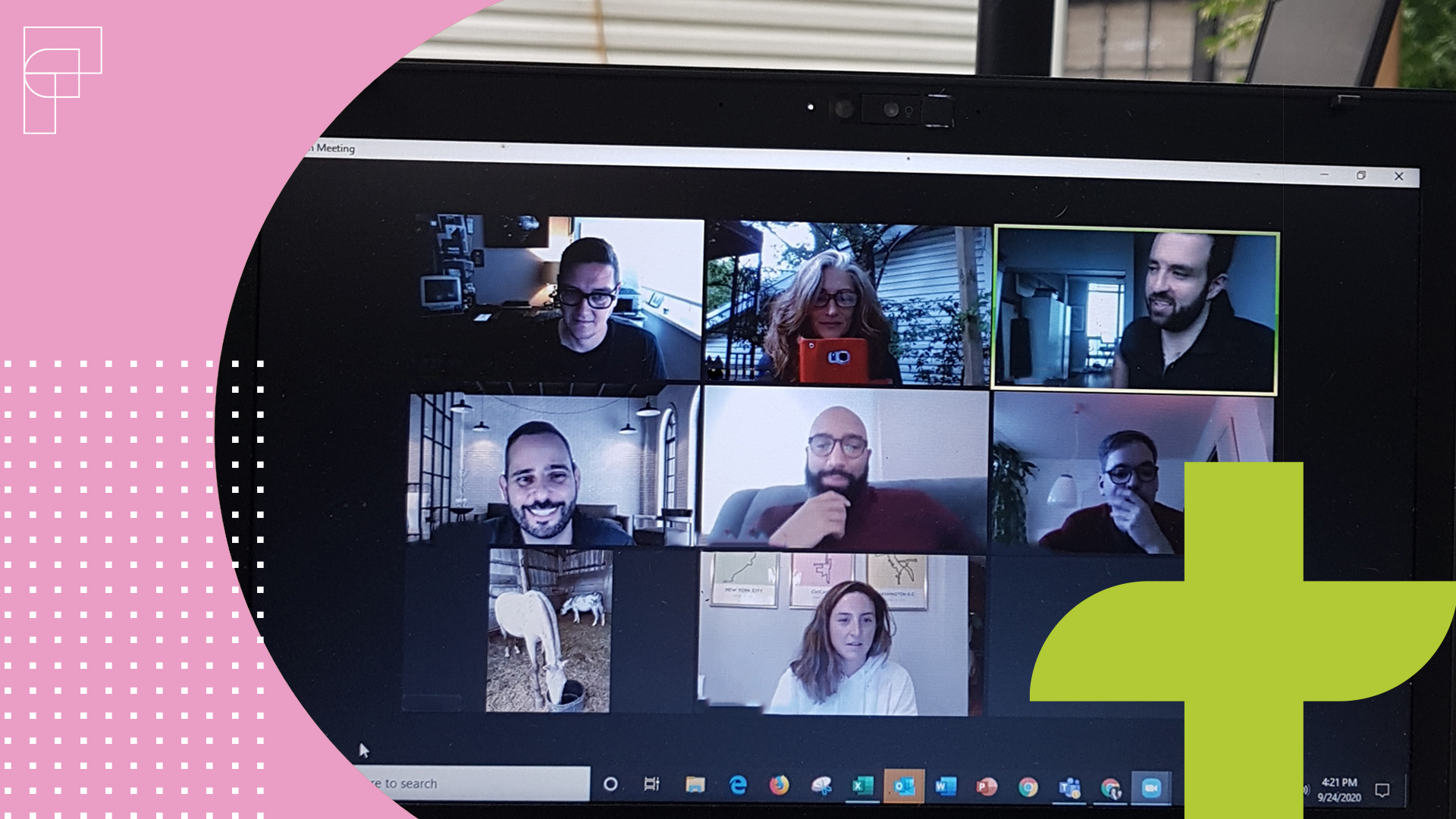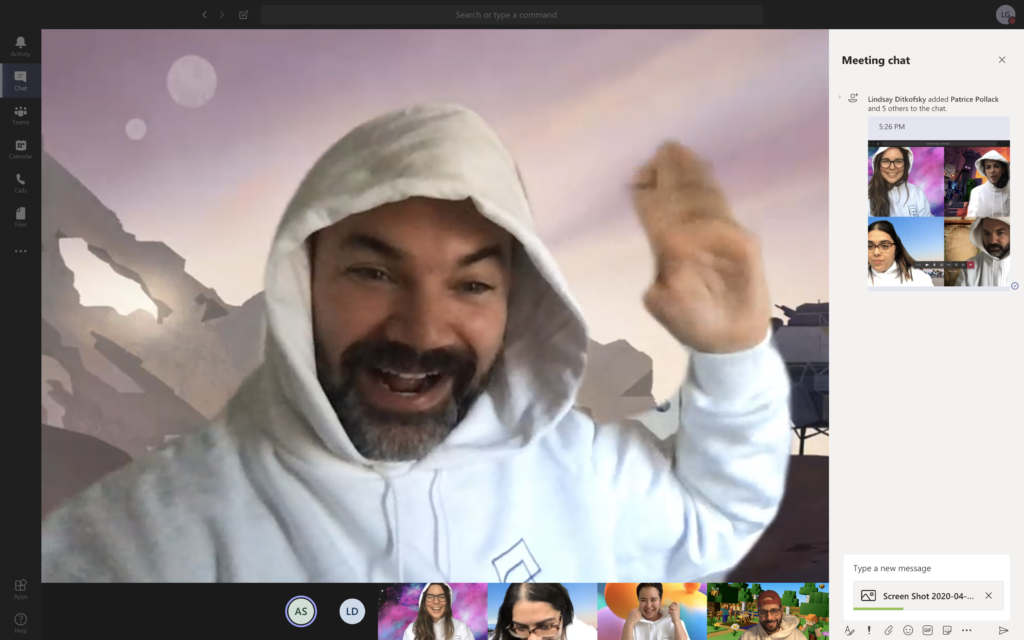
Presenting is Storytelling
This physical and virtual space we present in is ever-changing, however, by telling a good story, you can turn your presentation from good to great.

My father was a great storyteller. At the time, I didn’t know how he had us kids captivated by his narrative. Be it a story about his past or a joke he’d heard that afternoon, we hung on every word. Looking back now, I know exactly how he did it; he used pauses, eye contact, emotional conviction, volume shifts, and dynamics in his tonal delivery. I mean, he didn’t consciously know he was doing all those things, but he was. He really was a great presenter.
And that’s what presenting is all about, storytelling, because everyone (even clients!) loves a good story. And by “story,” I don’t mean fictional novellas, although those are good too. I mean developing an arc to your presentation and narrating that arc as a story. Keynote deck aside, you should be able to captivate your audience and ultimately get them to buy into what you’re selling by simply telling them the right story, delivered the right way.
So here is a list of those unconscious skills my father used to keep us kids captivated.

ECD Steve Miller in the midst of a virtual (internal!) presentation.
Pauses
Use them. A lot. You can say more with a strategically placed pause in your narrative than you can with words. Think of a pause as a dramatic, preceding exclamation mark, when you want to land a point, word, or phrase. You can also use them just as effectively when you simply want your audience to just ruminate for a moment. Pauses can also help you stay calm if you get nervous while presenting. Mmm, I love a good…pause.
Eye Contact
I guarantee you; your audience will be more engaged if you make eye contact with them. There is a connection there. An acceptance and believability that comes with looking someone in the eye. It might seem like a no brainer, but to some (especially those who get nervous), they don’t think it makes that big of an impact. But I’m telling you, from years of presentation experience, it does. When you look people in the eye, they don’t just hear your word, they feel them. Even when you’re presenting virtually, as awkward as it can feel, try and look in the camera’s lens rather than that grid of faces staring back at you!
Volume Shifts
When we present, we need to find moments and opportunities to draw in our audience. One of the best ways to do that is through a shift in voice volume. This can come by way of a whisper, or an intensity in pitch. Nothing over-the-top either way, but that subtle shift in volume can wake up an audience, make them listen closer, land a point, and even help you wake up. It’s something you have to practice, out loud, no matter how embarrassing that might seem.
Tonal Dynamics
Monotone is well, just that, monotone. It’s a sort of droning, tuning-out way of speaking that gets little attention. Breathe life into your narrative. Change up your tone. Create peaks and valleys. Take your audience on an auditory journey that keeps them listening and on the edge of their seats. It will help your listeners visualize the story and bring them to life during your presentation. This is especially important during a virtual presentation, when capturing your virtual audience’s attention is already a challenge.
Emotional Conviction
Nothing sells like conviction. When you believe in something so passionately, it gets presented with authenticity and plausibility. That conviction comes through in your words, your voice, your facial expressions, and even your body language (key for virtual presentations). So when it comes to presenting creative work, always get the team that developed the idea(s) to present – no one will have as much heart, passion, and that infectious conviction as they do.
I teach a 10-week course on “How to Pitch” at the Miami Ad School. We talk about how to build compelling keynote decks, the physical and virtual space we present in, and group presentations. But at the heart of that course is how to tell stories. Because that’s what we do. So remember these tips the next time you’re presenting a campaign, strategic territories, or telling a joke around the dinner table.



